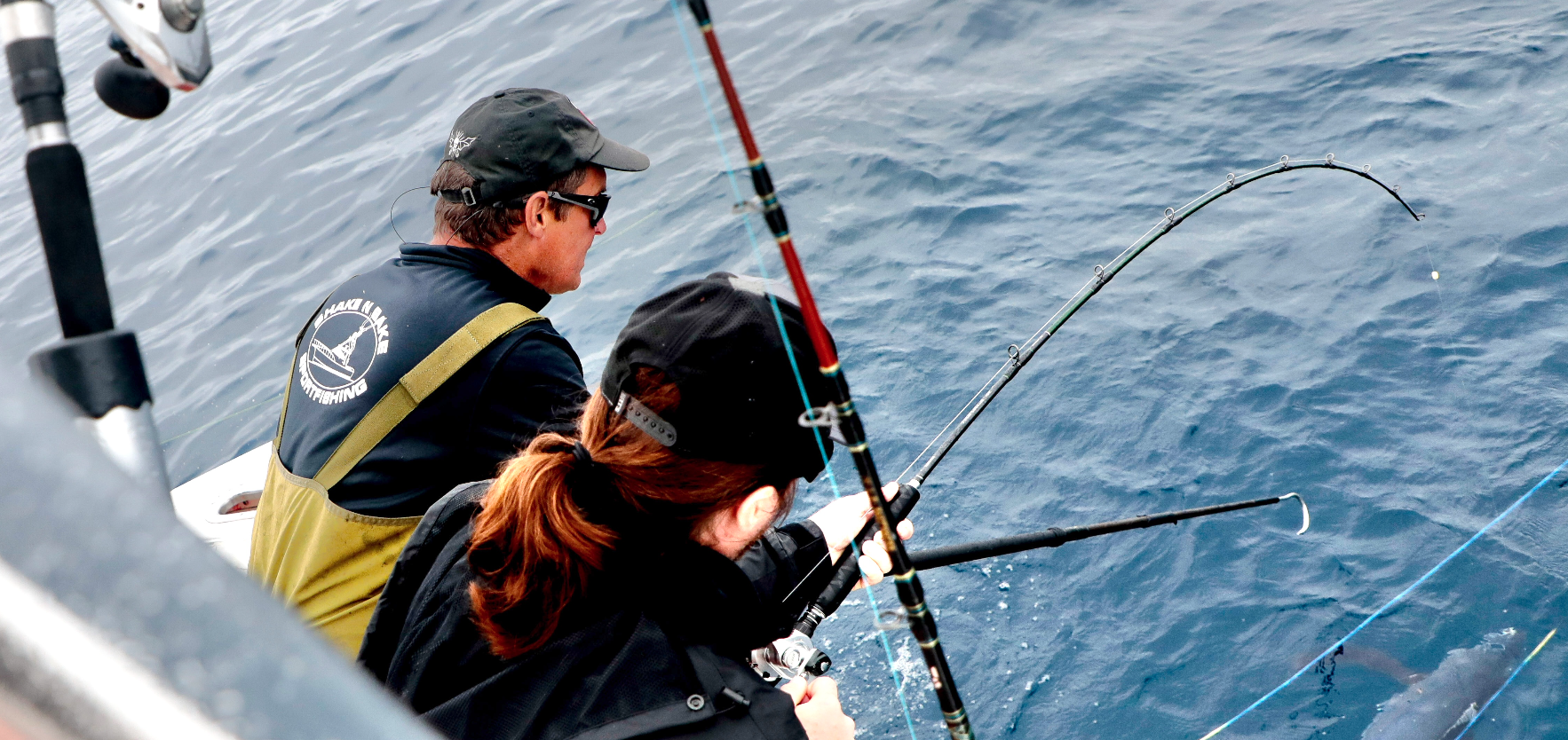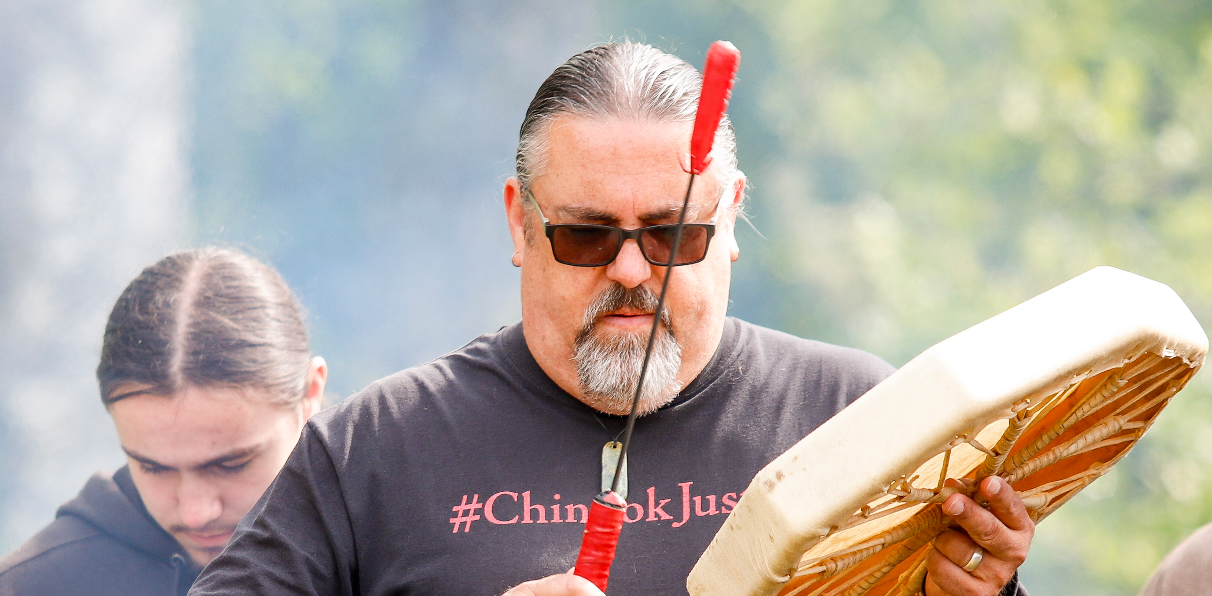Long Beach’s Curtis Bade finds art in old oyster shells
Published 5:00 pm Tuesday, May 2, 2006

- <I>KEVIN HEIMBIGNER photo</I><BR>Curtis Bade has found a solution to the oyster shell problem on the Peninsula - art!
LONG BEACH – It took Curtis Bade seven years to find his niche, but last December he had an epiphany and now the retired Boeing design engineer is creating oyster shell sculptures that are as unique as the individual shells he uses.
Trending
“I was at the Seafood Festival last year in Nahcotta and saw someone eat a giant oyster so I asked for the shell,” Bade said. “I took the time to clean and lacquer it and ended up giving it as a Christmas present after I hot-glued a marble inside. I gave away about half a dozen shells for presents and everyone loved them.”
Then Bade got the idea to create sculptures and his artistic flair took off. The pieces are exquisitely designed flower or cluster arrangements made from literally dozens to hundreds of uniquely shaped and colored oyster shells. And the work isn’t easy but, he insists, “this is fun.”
One of the most difficult parts of completing the sculptures is to find the right kind of shells. “The different oyster companies (in the Nahcotta area) have been great. I have permission to look in their huge piles for just the right kind of shells,” Bade said. “I usually take Monday and Tuesday to gather the shells and Wednesday and Thursday to clean them.” His goal is to produce three sculptures a week and he’s been on track since the first of the year to achieve his goal.
Trending
He and his sister Carol use soap and water and elbow grease and toothpicks and toothbrushes and more elbow grease to completely clean out the shells. Bade also gathers mussels and other types of shells from the beach, the Willapa Bay and the rocks at Beard’s Hollow. “I do not use any foreign shells. Everything comes from right here locally.”
After the meticulous cleaning process is completed each shell is lacquered and dried. Bade was a design engineer for 19 years and has done artwork since his first cartoon was completed when he was four years old. “I still have that cartoon. I have taken several art classes over the years and have worked in oils, charcoal, and ink drawings,” Bade explains. His vocational background and art experience has been a perfect fit in creating the oyster shell sculptures.
He makes what he calls flower designs that range from six inches to 18 inches in diameter. “I begin with a cockle shell and then hot glue oyster shells around it for the base. Once I have the base I use smaller oyster shells to make smaller and smaller circles. To find small oyster shells that are not broken can be difficult,” Bade said. At times he will use other sundry shells to add character to the design and to cover slight imperfections.
The final four pieces he hot glues and then places a marble in the center and applies enough pressure to make them stand out like flower petals. “I create shims and wedges to make each shell fit together just right,” Bade explains. “After all I was an engineer for years (at Boeing).”
The clusters he usually receives from Ken Wiegardt and he gathers mussels from the rocks at Beards Hollow. He uses oyster shells for the center of the base of the larger cluster designs and applies the mussels to fill in the patterns on the oyster shells. A Japanese glass float is sometimes used to set off the center of the finished product.
Bade figures his sculptures take anywhere from six hours for the smaller ones to about 20 hours to complete. “I try to do three a week and right now I have about 40 ready to sell at the Seafood Festival.” One trick he uses to open the oyster shells without damaging them is to freeze then thaw the shells. When he is finished with the final product he sprays a lacquer one last time to bring out the unique colors and patterns of each shell.
“There are left-hand shells, right-hand shells, cupped ones, flat ones, you name it,” Curtis said. Carol adds, “The gold colored ones are the best.” The finished product is sturdy, but has the feel of glass according to Bade. Carol suggests using a hair dryer set on low speed to clean the sculptures that can either be hung or placed on a table for presentation.
One cluster features an elongated, thin shell in the center that is strikingly shaped and colored like a picture of the Madonna. “That one is definitely not for sale,” Carol said.
Bade’s work that is for sale can be purchased at his booth at the Willapa Seafood Festival Saturday, May 6 from 9 a.m. until 5 p.m. Prices vary from $30 for the smaller flower sculptures to around $150 for the more intricate cluster designs with glass floats. Bade said, “I am a little nervous about selling my sculptures. I’ve never done anything like this before.”
With a unique and local art product that will literally sell itself, he appears to not have much to worry about except maybe counting out change to his satisfied customers.









